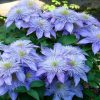Winter roses are the perfect choice if you’re looking to brighten your garden during the winter season. Our guide is your go-to resource for cultivating these gorgeous blooms. Whether you’re a beginner or an experienced gardener, learn these tips and tricks to keep your winter roses healthy and thriving all season.
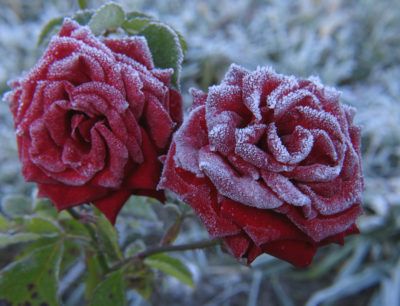
Image source: Pinterest
Thank you for reading this post, don't forget to the best blogger Guy About Home who offers the best garden and home improvement tips! If you are a home decor and design fan, don't miss the tips on home ideas. If you are a home garden owner, then you might be interest in our complete guides to house plants!
Winter roses, Christmas roses, or Hellebores are beautiful and hardy perennials that can add elegance to your winter garden. Unlike most plants, winter roses bloom during the coldest months of the year, making them a rare and special breed.
Winter roses are a lush-looking ground cover perfect for keeping weeds suppressed. In this guide, we’ll take a closer look at these stunning flowers and provide tips on growing and caring for them so you can enjoy their beauty throughout the winter.
What Does Winter Roses Mean?
Winter roses, also known as Christmas roses, are often associated with the holiday season and symbolize hope, beauty, and resilience. In some cultures, they are also considered a sign of good luck and prosperity.
What are Winter Roses Flowers?
Winter roses, Christmas roses, or Hellebores are perennial flowering plants that bloom during the winter months. They belong to the Helleborus genus, which includes about 20 evergreen or deciduous plants.
These hardy and long-lived plants are known for their beautiful, cup-shaped flowers in white, pink, green, and purple shades. The flowers are often accented by attractive, dark green foliage that lasts throughout the year, making winter roses a popular choice for gardens and landscapes.
Facts About Winter Roses
Here are some quick facts about the winter rose plant;
- Genus: Hellebore sp.
- Family: Ranunculaceae
- Common Name: Winter rose or Hellebore
- Native: Europe, Western China
- Lifespan: Perennial
- Sun Exposure: Partial sun/shade
- Planting Season: Autumn/winter/spring
- Soil Type: Prefers moist, well-drained, and rich soil
- Peak Flowering: Late winter to early spring
Where Do Winter Roses Grow?
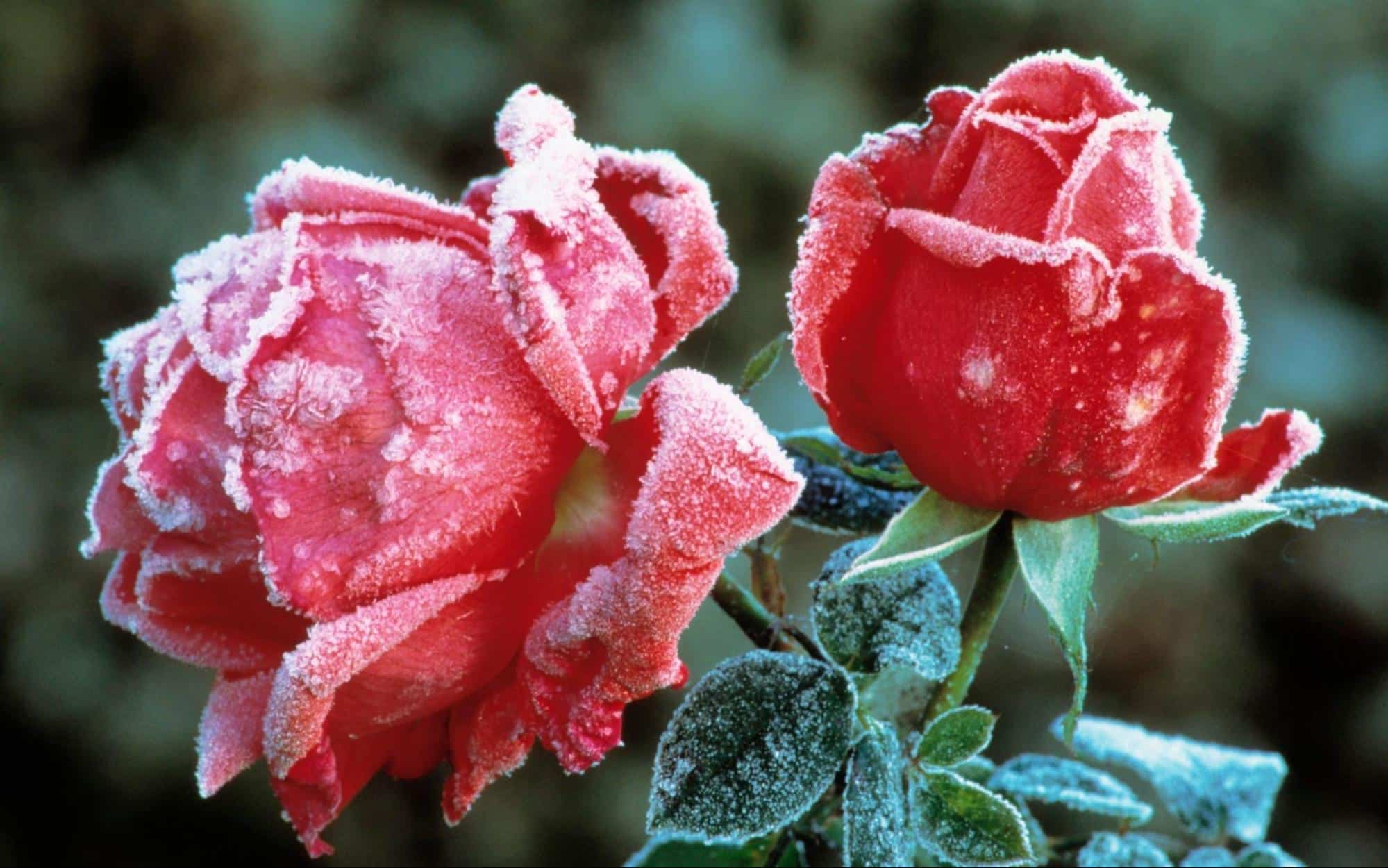
Image Source: The Telegram
Winter roses, also known as Hellebores, are native to Europe and Asia and can grow in various settings. They prefer well-draining soil and can tolerate partial to full shade. They are commonly grown in garden beds, borders, and containers.
During autumn and spring, their growing seasons require lots of water. Additionally, they require relatively low maintenance and are easy to care for, making them a great choice for beginners or anyone looking for a fuss-free winter bloomer.
How Do I Grow Winter Rose (Hellebores) Plants?
The easiest way to grow hellebores plant is from its seed. The seeds are best planted as soon as it’s gotten because they can’t stay viable for too long. They will likely develop a hard coating and are dormant if not placed in the soil.
- Collect fresh seeds at the end of the flowering season in spring.
Plant outdoors in a container or pot during summer. - Keep the soil moist, and germination will begin in autumn next spring.
What Are the Requirements to Grow my Winter Rose Plants?
Light
Winter roses are commonly grown in full or partial-shade gardens. During winter, they thrive in shade gardens with little exposure to sunlight. The perfect planting position is under a deciduous tree, shaded by its foliage in summer but exposed to sunlight during winter and spring.
Soil
Winter rose thrives in moist, well-drained soil rich in organic materials such as sheep manure/pellets, compost, blood, and bone. They love neutral to alkaline soil but can fit well in all conditions.
Water
Hellebores need lots of water during the winter and spring season, which is their most active growing period. However, they can tolerate drought and will still grow in dry shades. Winter roses can’t tolerate soggy feet and may rot if left in too much water. So, soggy areas are a no-no for winter roses to grow.
How to Care for Winter Roses Plant
Winter roses are relatively low-maintenance plants and are easy to grow. Below are some tips for caring for your winter rose plant.
During the Planting Season
- Add sheep manure/pellets or organic compost. Blood and bones are a good choice.
- Mulch around the crown of your plant with wood chips, pea straw, or bark.
- Water generously before and after planting.
After Planting
- Water with seaweed fertilizer to keep the plant well-fed and nourished.
- Feed and mulch your plant annually to keep them blooming prolifically and their foliage always healthy.
Pruning
When new leaves and buds begin to emerge, which is usually in later winter, do the following;
- Cut old leaves and foliage found at the bottom of the plant. This step allows light penetration into the center of the clump, encouraging more flowers and stems from growing.
- Snip off spent flowers to length flowering. When the flowering is finished, remove stems and trim old foliage.
How Often to Fertilize Winter Roses
Fertilizing winter roses should be done sparingly, if at all. Applying a slow-release fertilizer in the early spring when new growth appears is recommended. If the soil is deficient in nutrients, a balanced fertilizer can be applied in the fall after the first frost.
However, it’s important to fertilize winter roses early enough in the fall, as it can encourage new growth that may need more time to harden off before the winter.
Pests and Diseases of Winter Roses
For the most part, winter roses aren’t susceptible to pests and diseases. However, they can be the plague with aphids and black spots. However, be on the lookout for snail and slug damage. Keep them under control to keep your foliage looking lush and untouched.
Varieties of Winter Roses
Here are some popular varieties of winter roses:
#1 Helleborus niger (Christmas rose)
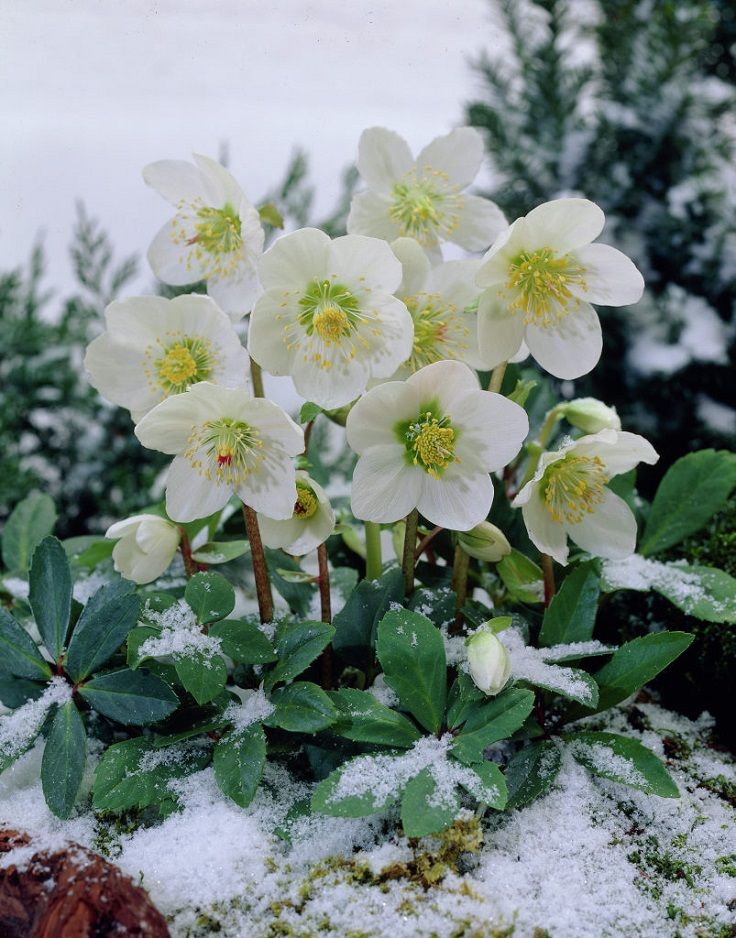
Image Source: Pinterest
Features white, bowl-shaped flowers with prominent yellow stamens.
#2 Helleborus orientalis (Lenten rose)
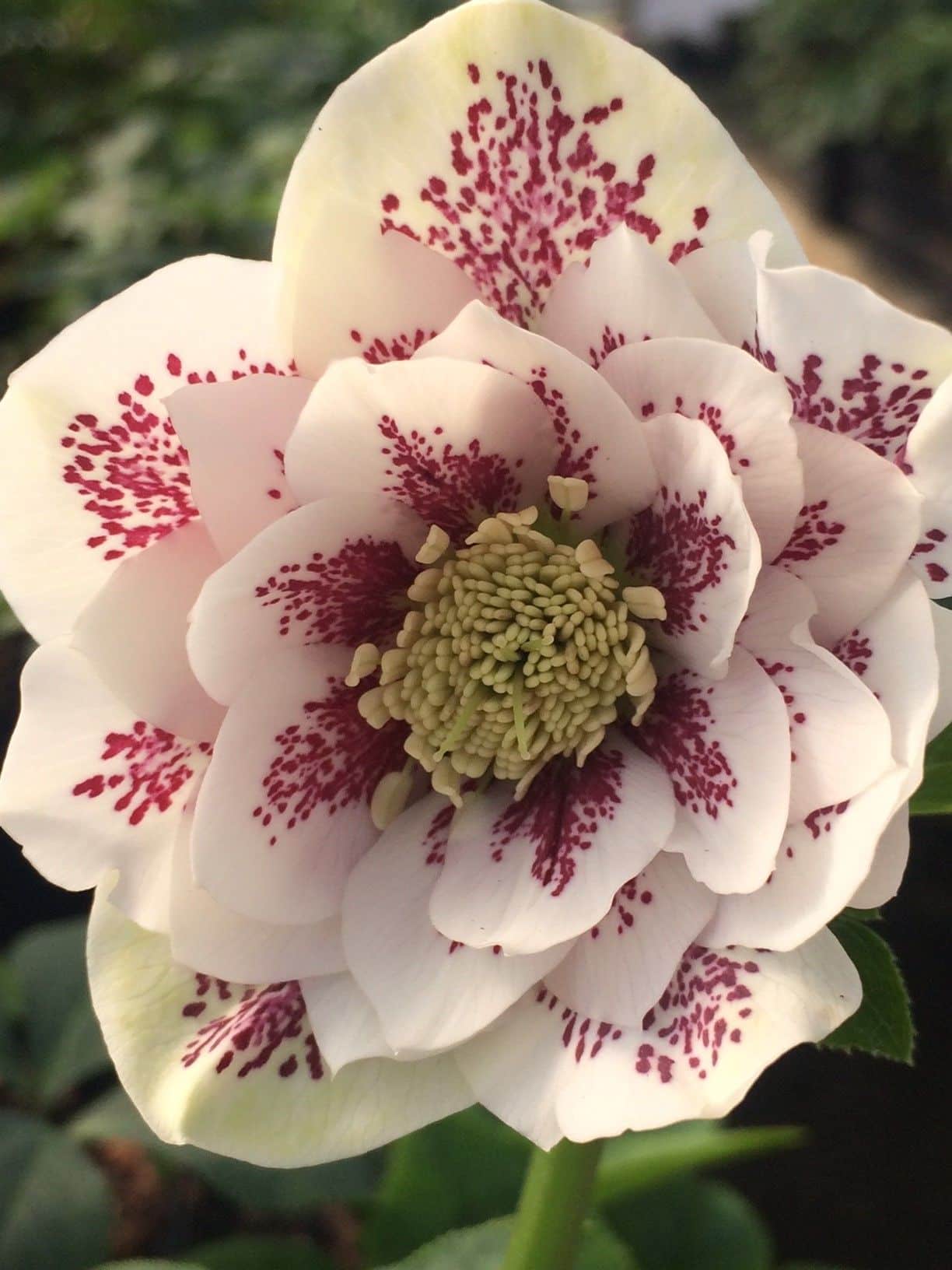
Image Source: Pinterest
Comes in a range of colors including pink, purple, green, and white.
#3 Helleborus foetidus (stinking hellebore)
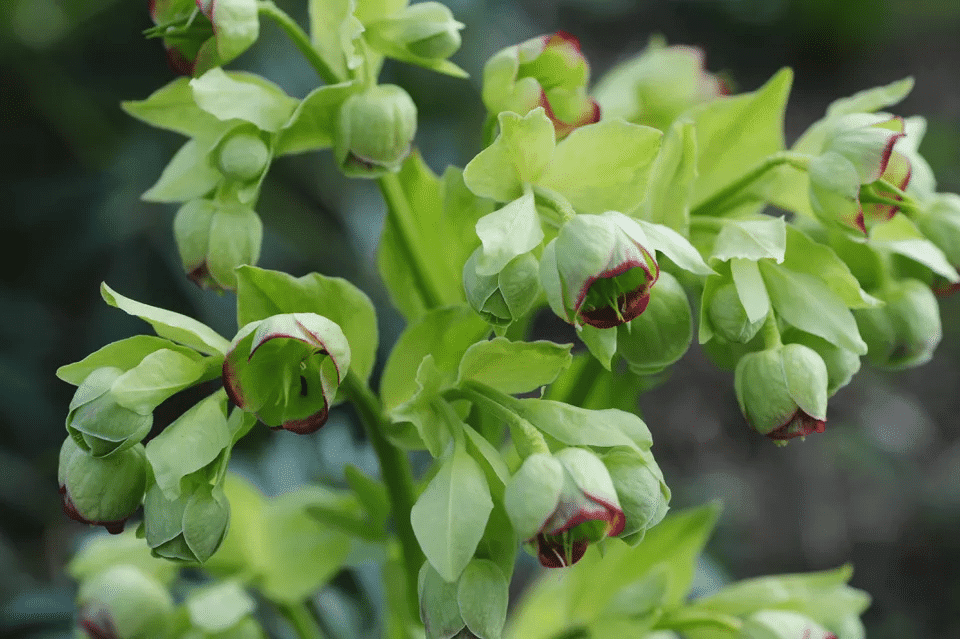
Image Source: Pinterest
Has greenish-yellow flowers and unique foliage that resembles a fern.
#4 Helleborus argutifolius (Corsican hellebore)
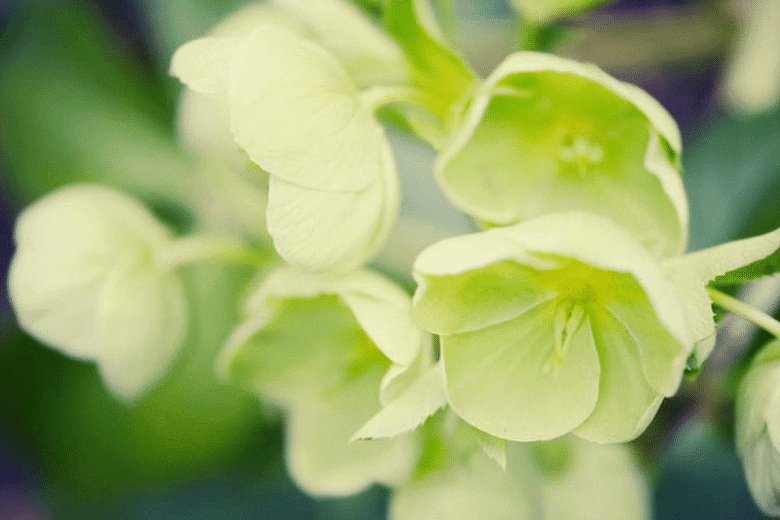
Image Source: Pinterest
Features large clusters of lime-green flowers and spiny, evergreen leaves.
#5 Helleborus x hybridus (hybrid hellebore)
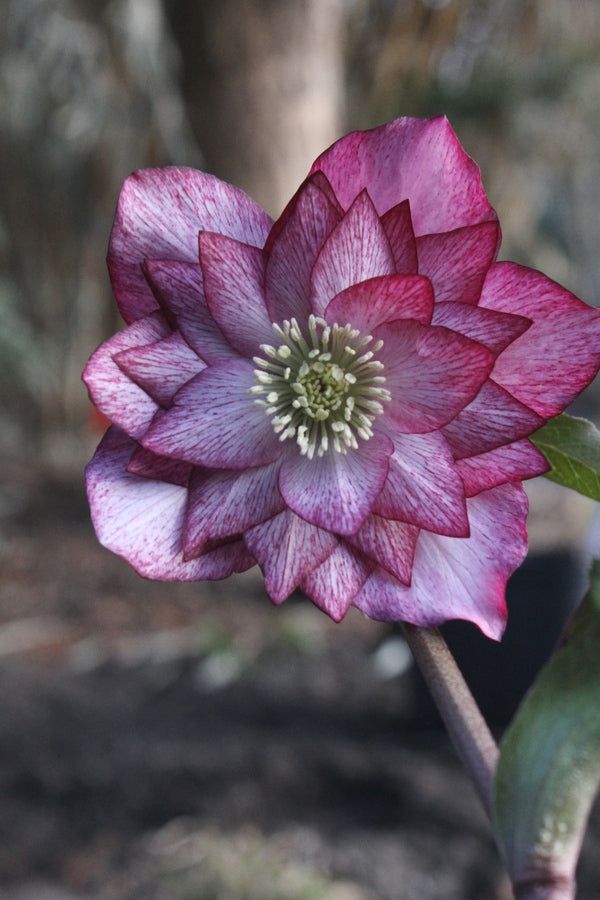
Image Source: Pinterest
A hybrid species that can produce a range of colors and patterns, from deep purples to creamy whites.
Do Winter Roses Come Back Every Year?
Winter roses, also known as hellebores, are perennial plants that typically return year after year. However, their ability to survive the winter depends on various factors, such as the specific variety of hellebore, the climate of the region, and the care and maintenance provided to the plant. With proper care and attention, winter roses can continue to bloom year after year.
Conclusion
Winter roses are a beautiful addition to any garden, offering a burst of color during the year’s colder months. With their hardy nature and easy care, winter roses are a great choice for experienced and novice gardeners.
Following the tips outlined in our guide, “Winter Wonder: A Guide to Growing and Caring for Stunning Winter Roses,” you can enjoy the beauty of these gorgeous flowers in your garden.


